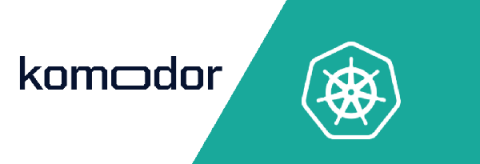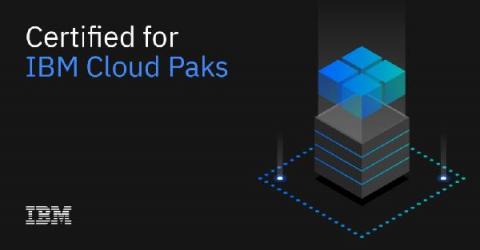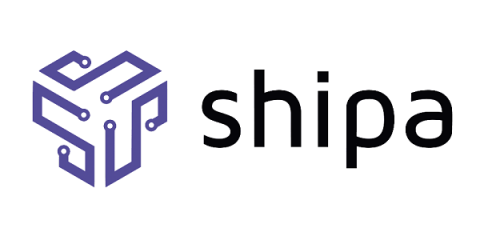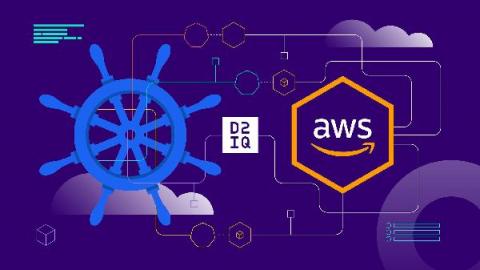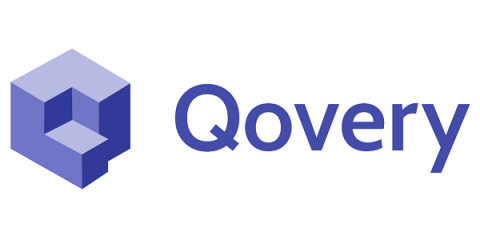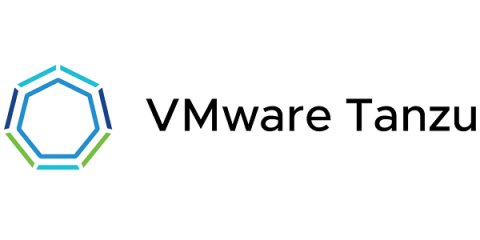Troubleshooting Kubernetes Clusters as a Developer with Komodor
The container ecosystem is moving very fast and new tools designed specifically for Kubernetes clusters are introduced at a very fast pace. Even though several times a new tool is simply implementing a well-known mechanism (already present in the VM world) with a focus on containers, every once in a while we see tools that are designed from scratch rather than adapting a preexisting idea. One such tool is Komodor.


